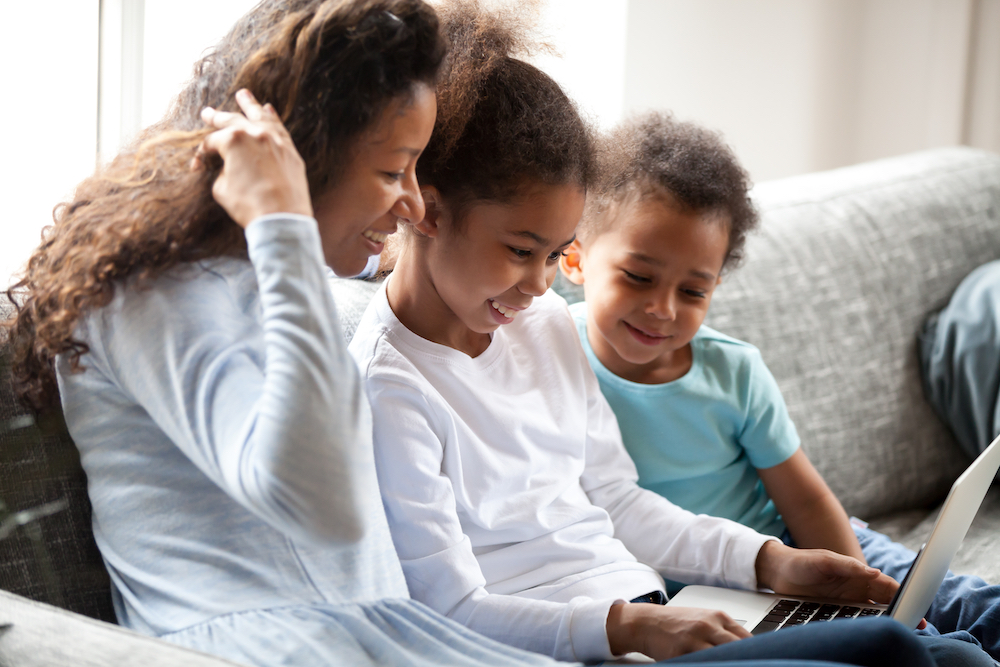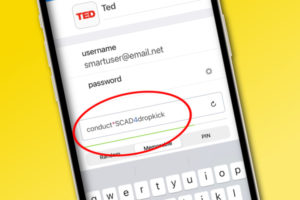As part of our Ultimate Guide to Digital Parenting, answering parents’ top questions about family technology, we’re sharing the best services and tools to help you monitor your kids on their gadgets.
While most routers, phones, tablets and computers have basic built-in parental controls, we know that parents often want more insight into how our kids are using their gadgets, so we can help keep them safer. Plus, we want better control over how much kids are on their screens, and what kind of content they’re using when they are online.
So we’ve gathered up the 5 of the best services and tools to help you monitor your kids on their gadgets, all of which do more than simply help you manage screen time. Though, managing their screen time is a smart first step in this whole process. Setting limits and checking in is part of digital parenting. As author Jordan Shapiro states in his book The New Childhood, this is not the time to give kids space. Check in with them often.
We get it, sometimes parents need a little help, and while none of these gadgets are a substitute for you, they will help you better filter and monitor texts, apps, and overall online usage to help you get a better handle on what’s going on in your child’s digital life.

1. Circle with Disney
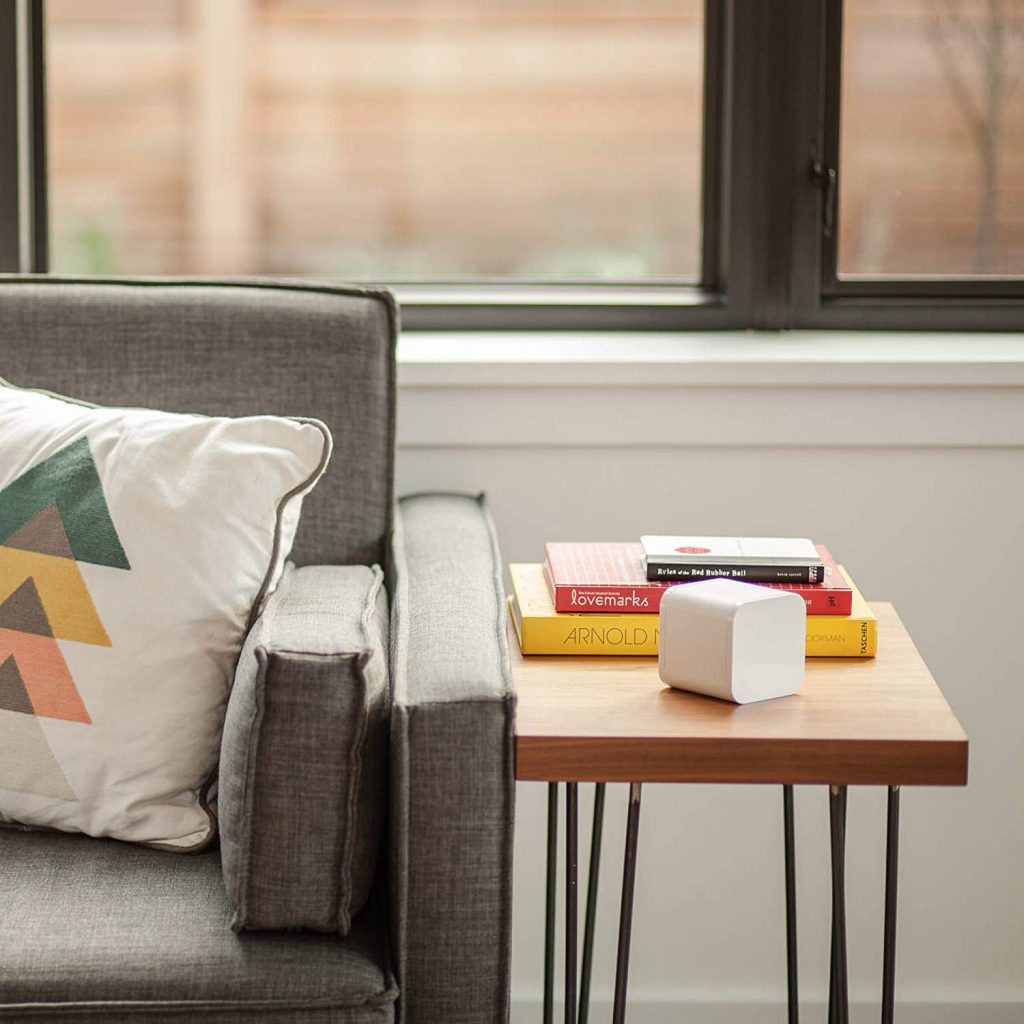
Circle with Disney is a parent favorite gadget since it offers easy screen time limiting, as well as age-appropriate content filtering, and it allows you to see exactly where your kids are spending their time when they’re plugged in. You can even use it to offer rewards.
Since we first featured Circle with Disney when it launched in 2015, they’ve added Circle Go, a paid subscription service that gives you the same features, only accessible when you’re…on the go. (Hence, the name.) This provides 4G LTE coverage, which fills a gap that they had at launch — now it continues to monitor kids who could previously hop off their WiFi at home and switch to cellular data, then visit places on the web you’d rather them not. Smart, Circle. Smart.
If you’re looking for more robust text and social media monitoring, you’ll want to beef up your arsenal beyond Circle. But for basic parental controls and filters for all the devices in your home (yes, all of them), this is a fantastic, and fairly affordable place to start. ($54.99)
2. Qustodio
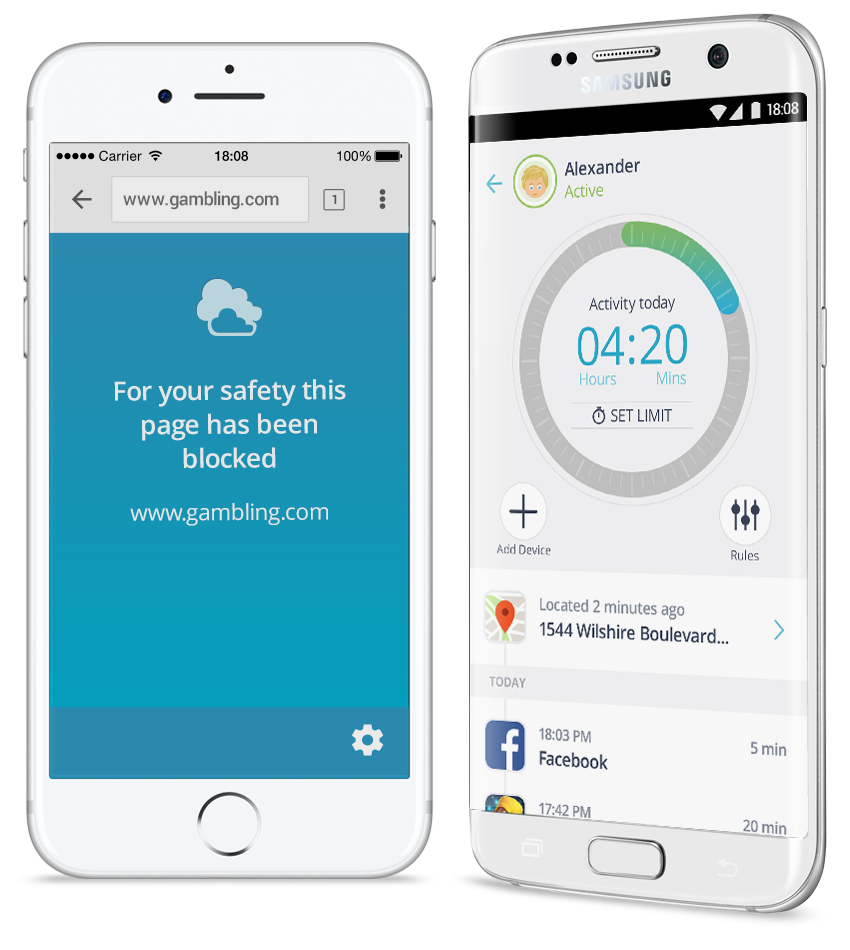
One of the highest ranked services we’ve found, Qustodio offers comprehensive coverage for families looking to do some heavy monitoring of their kids’ online activities. Whether you’re an Android or iOS family, PC or Mac household, even Kindle, Qustodio has you covered with services including SMS monitoring, content blocking, and myriad screen time management features.
You’ll even have access to location tracking on every single device where it’s installed.
It’s also a good choice if you want to cut back on social media time for your kids, because it will monitor time spent down to the minute on networks including Facebook, Twitter, Instagram, WhatsApp and more. That said, it only alerts you to specific behavior on Facebook like posting a comment or sharing a photo (and we know that most kids are more likely to use other networks these days) so if you want more comprehensive behavior tracking on say, WhatsApp, you’ll need another service for that. (Plans start at $39.99/year)
3. Netsanity
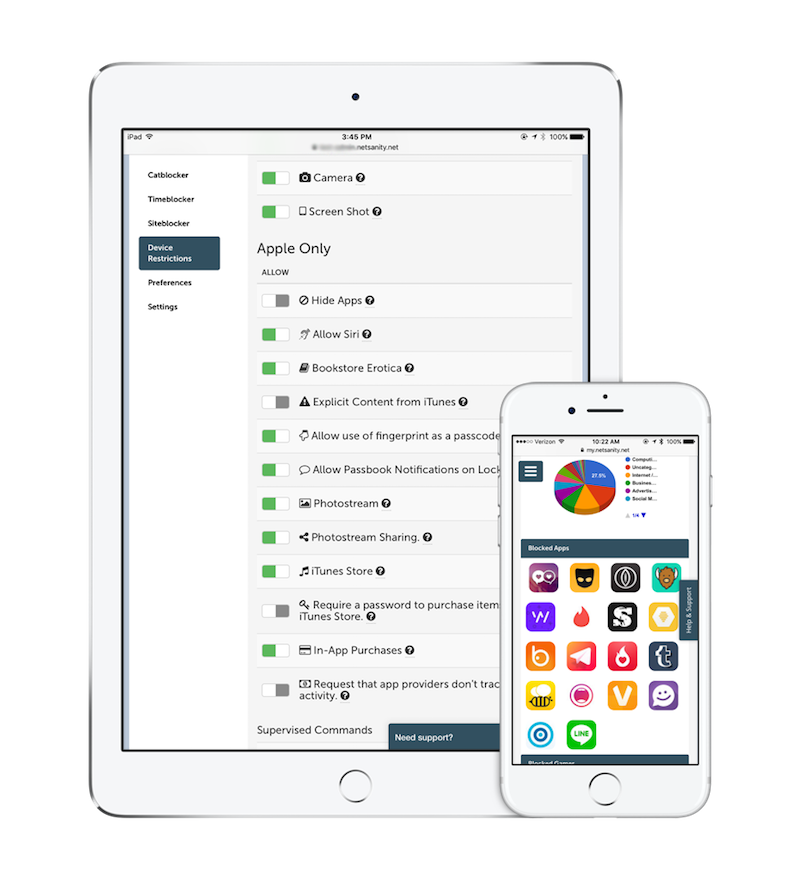
If you’re looking for a screen time monitoring and management service that allows you to do a whole lot of blocking, you’ll want to explore everything Netsanity has to offer.
Their service includes appblocker, timeblocker, catblocker, siteblocker, and gameblocker, so you can very easily block (as you might have guessed) apps, websites, games, and specific content categories as a whole with just a click.
They’ve also got a handy safesearch feature, so kids can still use their web browsers, but with fewer worries of encountering questionable content that might slip through other parental controls.
And with YouTube and YouTube Kids in the news recently for some massive problems with child safety, parents will appreciate the dedicated YouTube filtering feature on Netsanity. It allows your kids to continue to watch their favorite YouTubers, while still protecting little eyes from inappropriate content. (14-day free trial, then $6.95/month)
Have more questions? See the other articles in our Ultimate Guide to Digital Parenting for help with parents’ top tech questions and problems.
4. Mobicip

We’ve been long time fans of Mobicip’s safe browser, so it’s no surprise their comprehensive Mobicip screen time monitoring service makes our list.
Available across all platforms, including the Chromebooks that so many students are using these days, parents will get help managing screen time, blocking risky sites and popular apps, as well as an advanced filter that’s highly regarded for its ability block inappropriate content where some built-in parental controls fail.
You can also use their location tracker to keep up with their kids, and their devices.
If you’re looking to keep a more watchful eye on your child’s messaging and social media behavior, you’ll need an additional service to handle those issues. But for some of the best browser history reports and Internet filtering, Mobicip is an excellent choice. ($39.99/year)
5. Bark
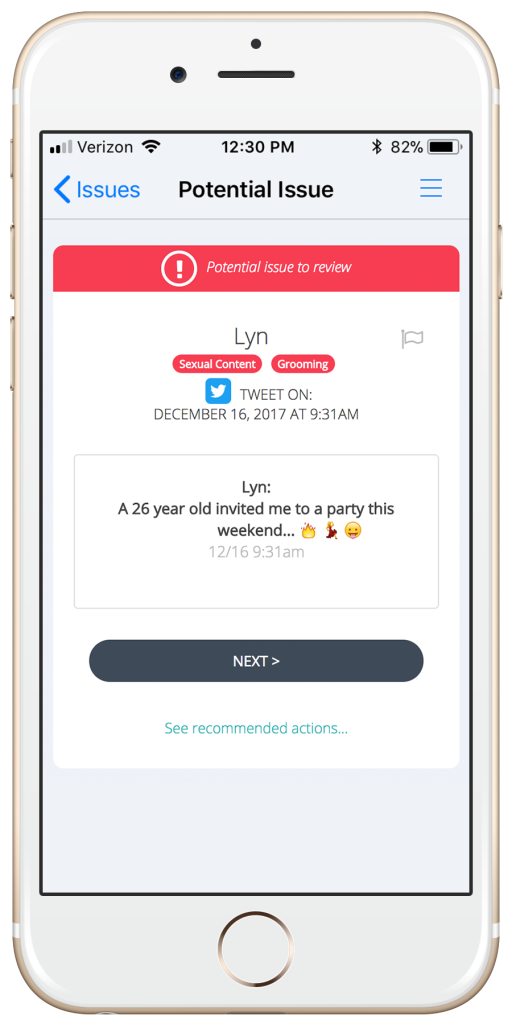
For families who are very concerned about their children’s interactions on text and social media, Bark is what you’re looking for. It’s the only service we found that tracks conversations and content across most of the major social networks, as well as both iOS and Android text apps. Barak even offers the ability to monitor email.
Parents receive instant alerts when Bark discovers a potential issue, plus you’ll have access to expert information on how to handle problems you may be having with your kids’ digital life.
While you won’t get screen time management support with Bark, if your child has given you reason to worry about risky online behavior, inappropriate sharing, or an inability to follow the rules you’ve set, Bark definitely has you covered. (7-day free trial, then $9/month)
Edited: A recent study showed that social media use doesn’t have a significant effect on kids’ happiness. So while your worries might not be unfounded, it’s important to check in with your kids, and know that your worries might be disproportionate to your kids’ experience online.
Be sure to check all the articles in our Ultimate Guide to Digital Parenting for more answers to parents’ top tech questions.

